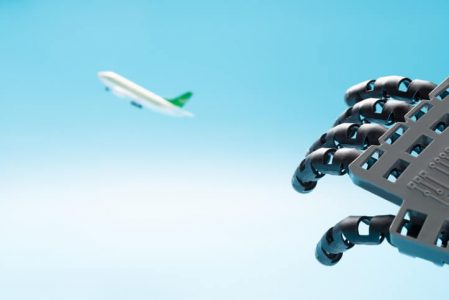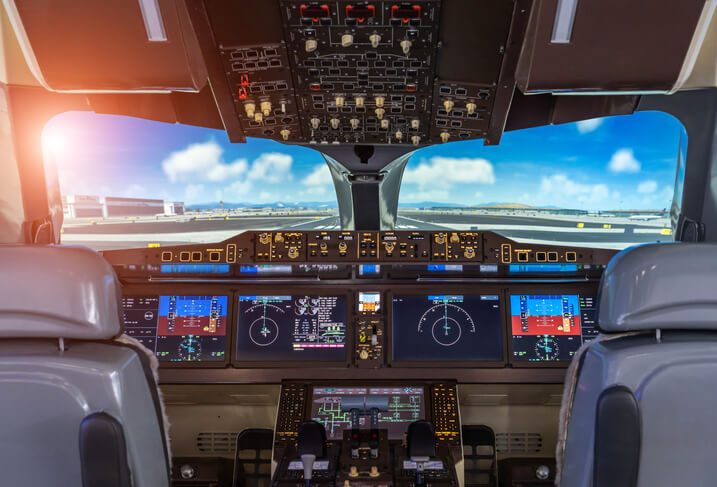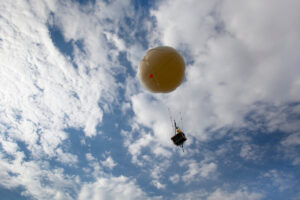Pilot training for robots
Prepare for the arrival of AI technology in commercial aviation sooner than you might expect. Introducing Pibot, a robotic pilot capable of mastering flight training simply by reading a standard flight manual. This groundbreaking achievement opens possibilities for Pibot to fly fighter jets and potentially even cargo planes with human oversight, revolutionizing safety standards. Even the face of pilot training could change with this new technology and information learned.
Designed to seamlessly integrate into the pilot’s seat without any modifications to the aircraft, Pibot stands at a height of 5’2″ and weighs approximately 143 pounds. With human-like arms and fingers, it confidently operates all onboard equipment, even during turbulent conditions. Unlike human pilots, Pibot doesn’t succumb to fatigue or human error, making it an incredibly reliable alternative.
Powered by AI technology, Pibot effectively communicates with air traffic control and fellow pilots using a synthesized voice. Its ability to process and comprehend flight manuals surpasses that of its human counterparts, enabling swift and efficient response during emergency situations. It’s an unsettling thought, but the truth is, Pibot may indeed outperform human pilots.
Benefits of AI in the Cockpit
- Accuracy: AI systems can process vast amounts of data with pinpoint accuracy. They are not prone to human errors caused by fatigue or distraction, which significantly reduces the risk of accidents.
- Situational Awareness: AI can analyze multiple data sources simultaneously, providing pilots with comprehensive situational awareness. This includes real-time weather updates, terrain mapping, and traffic surveillance, helping us make informed decisions promptly.
- Decision-Making: AI can assist in making critical decisions during complex or emergency situations. By processing multiple variables at high speed, it can suggest the best course of action, reducing the cognitive load on pilots.
- Information Processing: AI can quickly interpret and analyze data from various sensors and systems on the aircraft. It can identify patterns and anomalies faster than a human, allowing for predictive maintenance and early problem detection.
- Reaction Time: AI systems respond almost instantaneously to changing flight conditions, significantly faster than human reflexes. This quick response time can be vital during emergencies.
Hesitations to AI in the Cockpit
Integrating AI into aviation also brings new challenges and safety considerations. Unlike human pilots, AI does not possess intuition or judgment based on personal experience. Therefore, it’s crucial that AI systems are thoroughly tested and validated under all possible flight scenarios.
In terms of technical requirements, AI systems need reliable power sources and fail-safe mechanisms to ensure they can operate safely throughout all phases of flight. Regular software updates and maintenance checks are also necessary to keep the AI system functioning at its best. Moreover, training programs must be developed to teach pilots how to interact effectively with AI. Pilots need to understand the capabilities and limitations of AI to trust and use it properly.
In conclusion, while AI has the potential to greatly enhance our capabilities as pilots and reshape the aviation industry, it must be implemented thoughtfully and carefully. As we move forward, it’s essential that we maintain a strong focus on safety, rigorous testing procedures, and continuous education for pilots. As always, our primary goal should be to ensure the safe and efficient operation of our aircraft.











